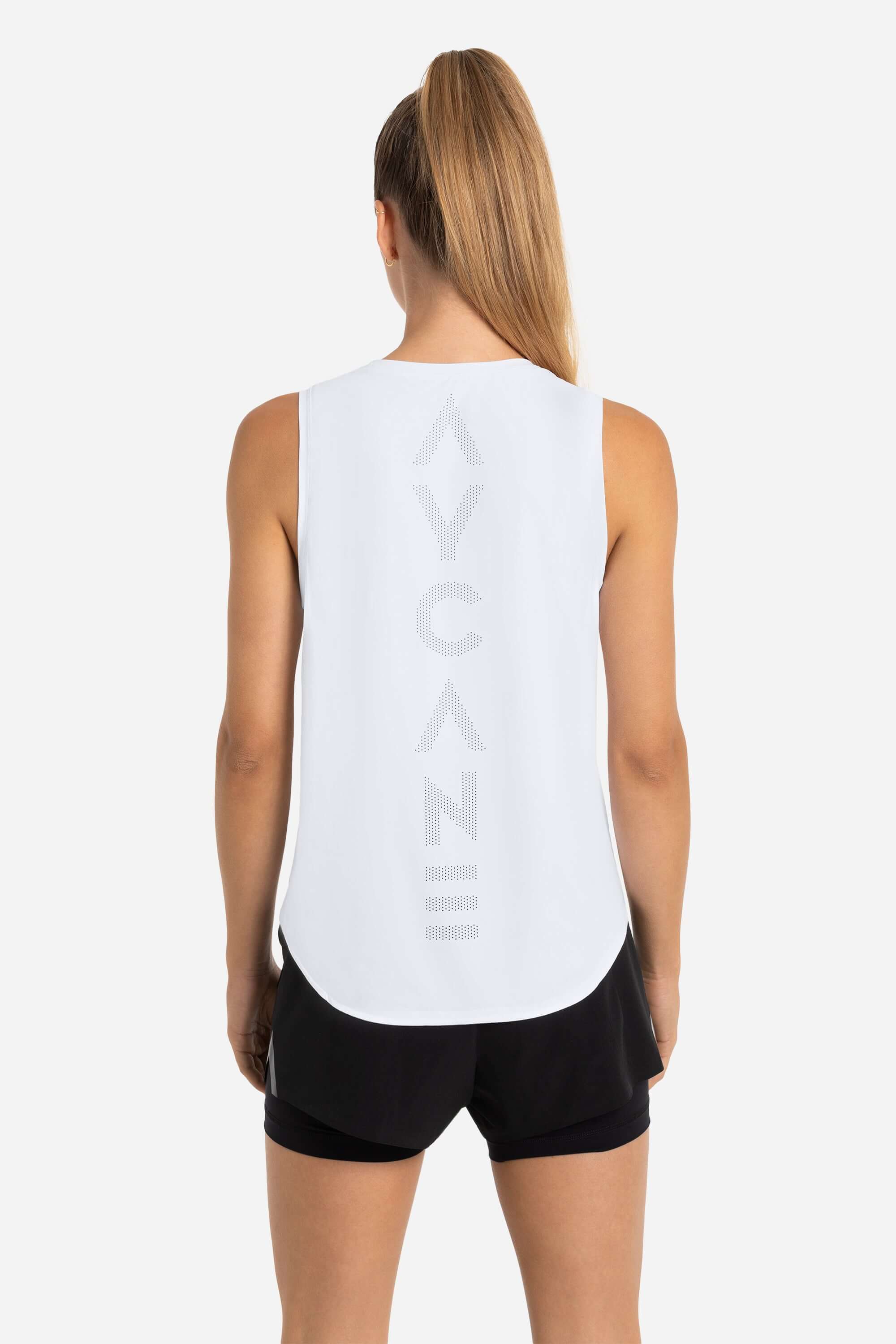Eco-Friendly Ice Hockey: Moving Towards Sustainability
As the world increasingly focuses on sustainable practices, the realm of sports, particularly ice hockey, is not far behind. Ice hockey, a sport traditionally known for its energy-intensive ice rinks and equipment, is making strides towards eco-friendliness. This shift is crucial, not only for the health of our planet but also for the future of the sport itself.

The Environmental Footprint of Ice Hockey
Ice hockey's environmental impact primarily comes from two sources: the energy used to maintain ice rinks and the production of equipment. Traditional ice rinks consume large amounts of electricity and water, with refrigeration systems running round the clock to keep the ice frozen. Moreover, hockey equipment, ranging from pads to sticks, often incorporates materials that are not environmentally friendly.
Green Initiatives in Ice Hockey
In response to these challenges, various initiatives are being undertaken to make ice hockey more sustainable:
1. Eco-Friendly Ice Rinks:
Many new rinks are adopting eco-friendly technologies. For instance, some rinks use recycled rainwater to create and maintain ice. Others employ advanced refrigeration systems that significantly reduce energy consumption. LED lighting, solar panels, and geothermal systems are also being integrated to minimize the carbon footprint.
2. Sustainable Equipment:
There is a growing trend towards using sustainable materials in hockey equipment. Companies are now producing hockey sticks made from recycled materials or sustainably sourced wood. The use of biodegradable materials for protective gear is also on the rise, reducing the amount of waste generated by the sport.
3. Educating Players and Fans:
Awareness is key to sustainability. Clubs and leagues are organizing campaigns to educate players, staff, and fans about the importance of eco-friendly practices. This includes promoting recycling at games, encouraging the use of public transport to and from matches, and implementing programs to reduce water and energy usage.
4. Carbon Neutral Tournaments:
Some hockey tournaments are striving to become carbon neutral. This involves calculating the event's carbon footprint and investing in renewable energy projects or tree planting initiatives to offset emissions. Such measures not only raise awareness but also contribute directly to environmental conservation.
The Benefits of Sustainability in Hockey
The move towards eco-friendly practices in ice hockey has numerous benefits:
- Reduced Environmental Impact: Sustainable practices help in significantly reducing the sport's carbon footprint.
- Cost Savings: Eco-friendly technologies, while requiring initial investment, often lead to long-term savings in energy and maintenance costs.
- Healthier Communities: Cleaner practices lead to healthier environments for players and fans alike.
- Positive Image: Sustainable initiatives enhance the public image of teams and leagues, attracting environmentally conscious fans and sponsors.
The Way Forward
The journey towards a more sustainable ice hockey experience is ongoing. It requires the collaboration of players, teams, leagues, equipment manufacturers, and fans. By adopting eco-friendly practices, ice hockey can not only reduce its environmental impact but also set an example for other sports to follow. As we skate into the future, the commitment to sustainability will play a pivotal role in preserving both our planet and the beloved sport of ice hockey.
























